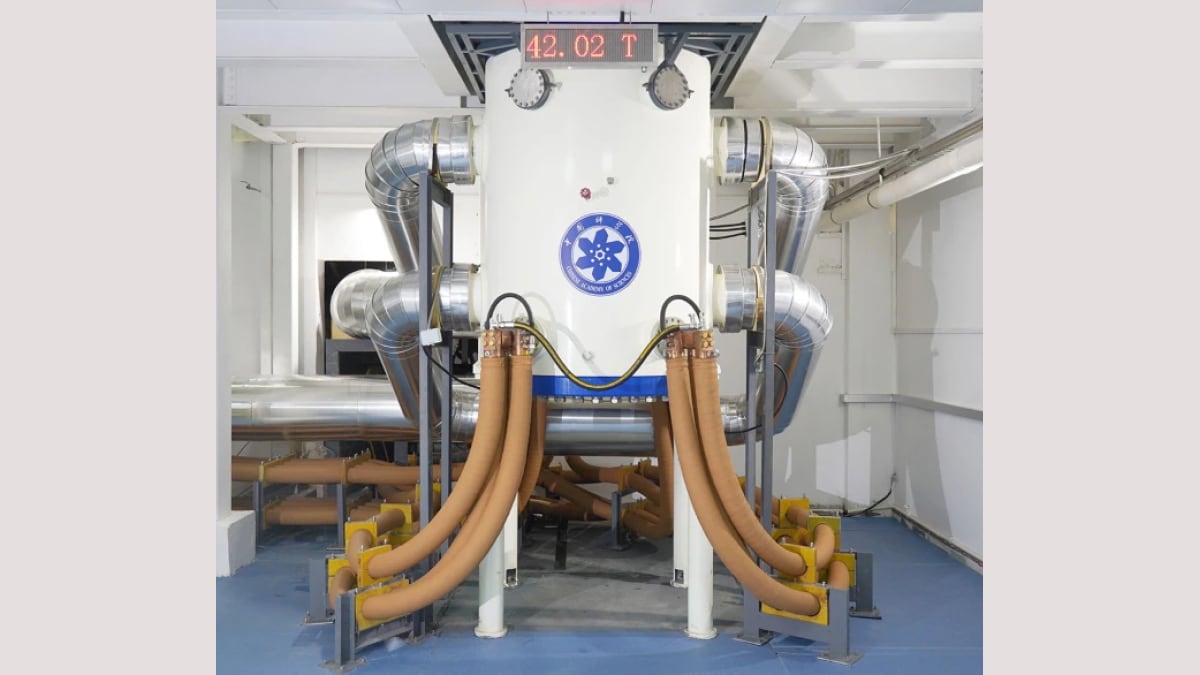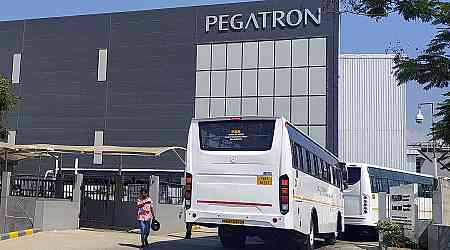China has built the world's most powerful resistive magnet, achieving a magnetic field strength of 42.02 tesla. The milestone was reached on 22 September at the Steady High Magnetic Field Facility (SHMFF), part of the Chinese Academy of Science's Hefei Institutes of Physical Science. This achievement just surpasses the previous record of 41.4 tesla, set in 2017 by the US National High Magnetic Field Laboratory (NHMFL) in Florida. Resistive magnets, which rely on coiled metal wires, are a key tool in magnetic research, allowing scientists to explore advanced materials and new physical phenomena.
Applications in advanced material science
High-field magnets are crucial for experiments involving complex materials like superconductors, which can carry electrical currents without waste heat at extremely low temperatures. Marc-Henri Julien, a physicist at the National Laboratory for Intense Magnetic Fields in Grenoble, France, highlights the role of strong magnetic fields in uncovering new states of matter. Similarly, Alexander Eaton, a physicist from the University of Cambridge, points out that higher magnetic fields significantly improve experimental accuracy, making it easier to detect subtle phenomena.
A demanding but versatile tool
According to Joachim Wosnitza from Dresden High Magnetic Field Laboratory, resistive magnets have the advantage of sustaining high magnetic fields for extended periods. Their ability to rapidly adjust magnetic strength makes them ideal for a wide range of experiments. However, this flexibility comes at a high cost. The recent record-breaking magnet required 32.3 megawatts of power, leading researchers like Eaton to emphasise the importance of having a strong scientific justification for the energy use.
The race to more efficient magnets
To overcome the energy demands of resistive magnets, scientists are developing hybrid and superconducting magnets that use less power. Mark Bird, an engineer at NHMFL, explains that while these newer magnets promise efficiency, they are expensive to build and require complex cooling systems. The SHMFF is already working on a 55-tesla hybrid magnet, which will be a major step towards sustainable high-field research tools.
































